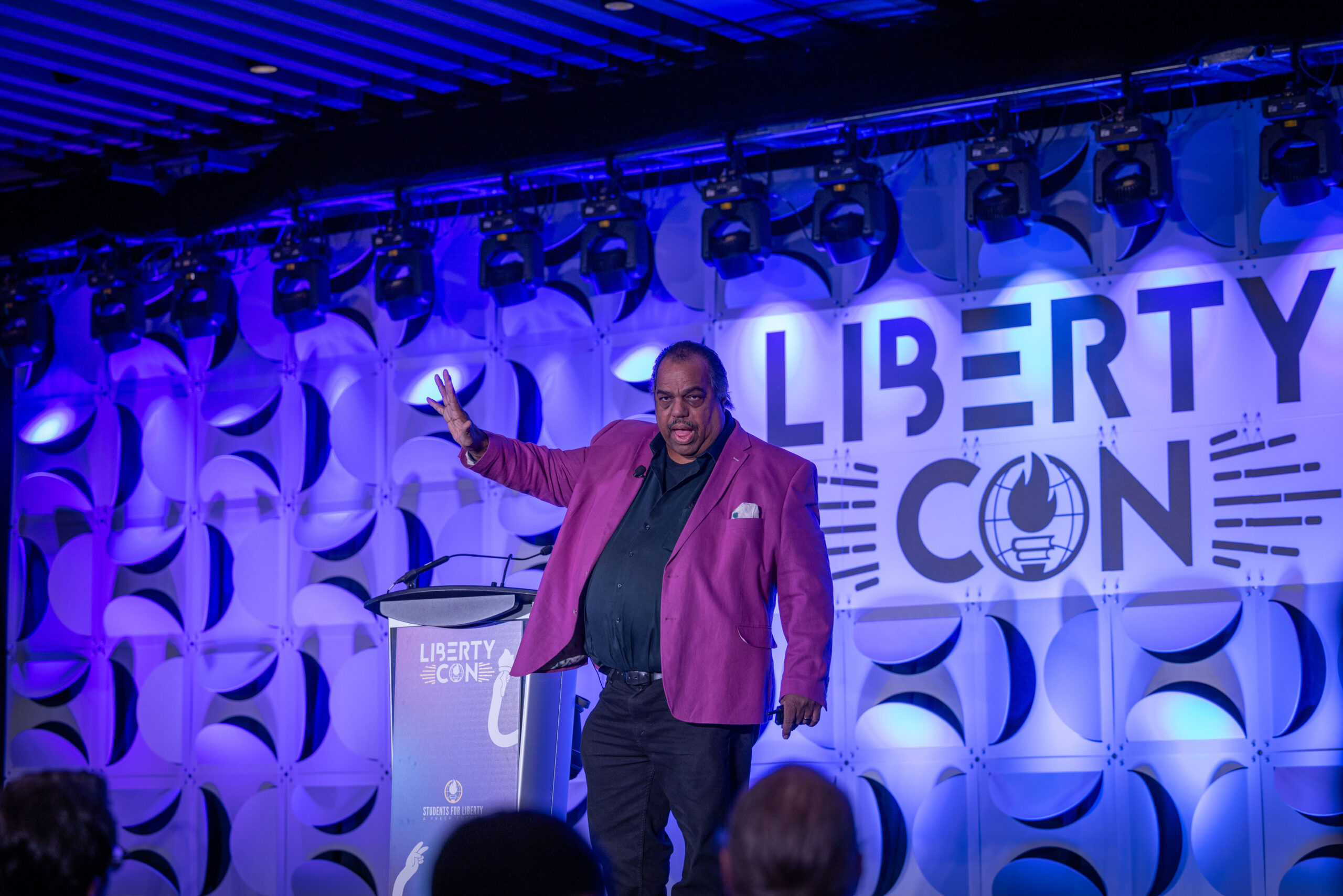Image citation: Discrimination, Diversity, Equal rights by Kurt Löwenstein Educational Center International Team, licensed under Wikimedia Commons
University and job quotas, tax reductions, specific budget allocations, among others, are some of the mechanisms through which the so-called ‘affirmative action’ is articulated by incorporating legal inequalities in favor of a certain affected group. This primarily aims to compensate disadvantaged groups for past discrimination and promote their integration into mainstream society.
While libertarians, a priori, oppose any form of state intervention in voluntary human relations free of violence (just for a moment, think how much more scandalous it is for the libertarian vision that the intervention is carried out for the benefit of a specific group, to the detriment of another!), it is necessary and timely to understand the legitimate problem that affirmative action seeks to confront: the mitigation of structural inequality.
What is structural inequality?
To understand the scope of the supposed remedy, it is necessary to first analyze the problem of structural inequality. Let us consider the following example to illustrate the issue:
Imagine the case of a school orchestra composed of the most outstanding music students, all of whom are white men due to an arbitrary rule imposed by the board of the institution that prevents access to black men and women to participate in the orchestra. After several decades of protests and with the change in management (who are more respectful of human dignity and equal treatment), the decision is made to eliminate the rule, which allows all students in the school to audition. However, after the auditions, it is discovered that the group of musicians continues to be composed exclusively of white men, raising suspicion to the academic community of a certain residue of discrimination among the
judges. As a result, it is decided to repeat the auditions, this time by hiding the musicians behind a curtain so that the judges can exclusively judge the musical talents of the applicants. After these new tests, we discover that now the group is undoubtedly composed of the best musicians in the institution, all of them white men.
What has happened here? The selection is not motivated by discrimination or conspiracy on the part of the judges to the detriment of certain students. The fact is that the best musicians in that institution are indeed white men, but not because of inherent issues related to them, but because of the social structure developedover the years. The institution has created the necessary incentives for only one group of student to develop their musical abilities. It is also likely that student clubs, specialized seminars, and assigned scholarships, among other resources, have been focused specifically on this group. However, with the elimination of legal inequality, in other words abolishing that school regulation that barred women or black students from joining the orchestra—a legal rule that fostered inequality—, we observe a deep wound in the social fabric that has generated a much more difficult-to-repair type of social or structural inequality. This gives rise to multiple obstacles for individuals in the disadvantaged group as they must compete with individuals whose skills, in comparison, are much more developed. Some of the problems that structural inequality carries, hindering its overcoming, include:
- Persistence of stereotypes and deep-seated prejudices about members belonging to disadvantaged groups, thus hindering social integration.
- Scarcity of resources and limited access to key opportunities, such as quality education and healthcare, which can perpetuate inequality and hinder social mobility.
- Resistance from interest groups benefiting from this state of inequality.
Libertarians in the face of structural inequality
Here arise two points of fundamental importance for the liberal school of thought: what I consider the libertarian stance should be towards structural inequality, and its coercive origin in state intervention.
The first is whether liberals should be concerned about forms of discrimination produced by processes of free interaction. If there were a case in which the freedom of individuals, without state interference, would lead to a certain group excluding another; for example, the case of a company that has a policy of not hiring people of a certain sexual orientation, nationality, or skin color.
In this sense, Juan Ramon Rallo expresses himself in the prologue titled ‘Liberalism and Feminism’, for Maria Blanco’s work ‘Afrodita Desenmascarada’. Rallo states that “liberalism is not only a philosophy radically favorable to individual freedom but is also fundamentally egalitarian: each and every person has the same right to freedom. Liberalism also maintains a neutral stance regarding the private morality of individuals, having nothing to say about the fact that, for example, women earn less than men. However, this stance, says Rallo, runs the risk of degenerating into an ethical reductionism: “Why does liberalism defend a normative system focused on individual freedom? To allow each person to pursue their own life projects without interference from other individuals. Does it make sense to be morally indifferent to institutions that deeply – even without using violence – curtail the capacity of individuals (…)? Or by being morally indifferent to it, are we not as liberals falling into a deep contradiction regarding the ultimate reasons why we defend liberalism? In that sense, there may be social structures that oppress women severely and that should be viewed with great suspicion by any liberal.”
This idea may be somewhat provocative for some liberals, who take an abstentionist view regarding morality in general, in the sense it brings us closer to the so-called egalitarian liberalism that vigorously advocates state intervention in the economy and private life to eliminate inequality. From the libertarian or abstentionist position, we do not support the type of coercive measures that these propose, beyond the fact that we may be concerned about inequality and offer solutions that respect individual freedom. As I said at the beginning of the text, one thing is that we agree on the existence of discomfort, but that does not mean that we agree on its remedy.
The second issue, and here I believe that we should all agree, is to point out that structural inequality is the exclusive work of the State, which historically has violated the individual freedoms of those we currently consider to be vulnerable groups. Liberal democracy and republicanism, recognized for their respect for individual rights, the rule of law and not of men, the revaluation of the individual understood
as a moral entity with an end in itself and not as a means to others, the consecration of tolerance, among others, are ideas that saw the light only from the 18th century onwards, and even then this ideal was not truly respected until at least the mid-20th century, not to say that there are still societies that persecute, restrict, and segregate certain social groups.
To bear witness to these legal inequalities fostered by the State that today translate into discriminatory social institutions, we can observe cases such as the establishment of slavery in the ancient world -with great relevance today regarding forced migration movements of Africans destined for slave labor between the 16th and 19th centuries-, the caste system in India, which especially affects Dalits and other groups considered of lower castes, the patriarchal power structures in ancient civilizations -especially considering Roman law- which have inspired the 19th-century continental codifications and continue to be present in current legislation, as well as the anti-Semitism fostered both by Nazi Germany and by other European States, mainly implemented between the years 1933 and 1945.
Each of these aberrant events contains a mixture of policies that restrict freedom and human dignity for different affected social groups; some implemented for decades, others for centuries, or even millennia. The weight that these legal institutions have had in creating discriminatory social institutions is undeniable, just as it is undeniable that these levels of inequality and segregation can only be sustained through state intervention, since without state intervention there is no structural inequality.
What can we, as liberals, do about this problem? Is intervention – even more than what has already existed – the only way to address these sad facts? Is there a way to address this issue without infringing on the individual freedoms of people who are evidently not responsible for these atrocities? I leave these questions to the reader as a starting point for addressing the issue of structural inequality and the need to find superior solutions that respect the individual and their freedoms.
1. This example is taken from different facts of reality, such as the measures taken by the Boston and New York orchestras in the 1970s. For more information see here.
2. This point, perhaps the most overlooked, is key to understanding structural inequality. Currently, there are various studies that demonstrate how the inability to access a particular good or service, such as access to quality education, can negatively impact access to other goods, such as access to employment, the enjoyment of decent living standards, or even political participation. For further exploration, the articles “The Right to Education and its Impact on Other Human Rights” from the Human Rights Quarterly journal or “The Social Determinants of Health” from the World Health Organization can be consulted
3. This concept, known as “thin liberalism,” can be understood as a restricted version of liberalism that focuses on the protection of individual liberties and the importance of state neutrality in moral and religious matters. Rawls, Nozick, and Raz are some of the many thinkers who have analyzed this issue.
4. Some people tend to talk about how it is fair to create injustice against, for example, white heterosexual men, given the historical inequality suffered by people who do not belong to this group, as well as the benefits they enjoy and have enjoyed. In contrast to this idea, although it is true that there are groups that win and others that lose, it is not possible to attribute individual responsibility for institutional decisions; even less so when these events have occurred centuries ago and there is no authorship on the part of today’s “white heterosexual men”.






